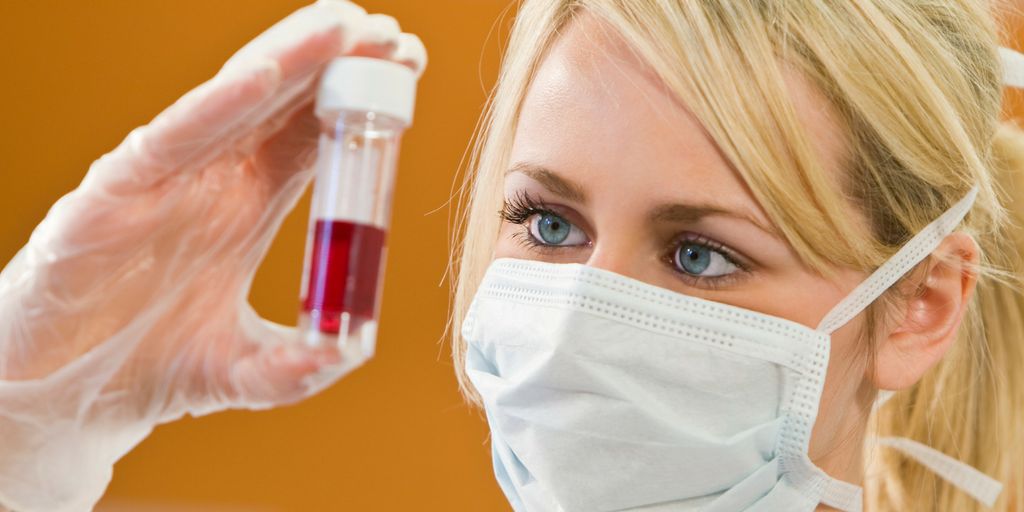As Zika virus spreads in North America, the Food and Drug Administration (FDA) which regulates the blood supply, has proposed that steps be taken to reduce the risk of transfusion-transmitted Zika virus. Taken in isolation this seems like a simple decision, but protecting the blood supply can be an expensive process. In a time of cost containment how should we protect patients from a blood transfusion reaction? Throughout this article, medical analytics are suggested which can help healthcare providers achieve this goal.
- Zika Virus (ZIKV) Infection (Zika Fever)

- Zika Virus Embryopathy (Congenital Zika Virus or ZIKAV Infection)

Blood Transfusion Has Many Potential Hazards, Mostly Rare
There are many kinds of adverse transfusion reactions. These may be physical, immune or infectious. Physical reactions may include air embolism or fluid overload, while immune reactions may include immune hemolytic reactions or transfusion-related lung injury (TRALI).
- Comparison of Transfusion-Related Acute Lung Injury (TRALI) vs.Transfusion-Associated Circulatory Overload (TACO)

- Transfusion-Related Acute Lung Injury (TRALI)

- Air Embolism During Blood Product Transfusion

Infection is one of the most important adverse effects. Many pathogens can be spread by blood transfusion, including those listed below and more:
- Cytomegalovirus (CMV)
- Parvovirus B19
- Toxoplasma gondii
- Filariasis (Microfilaria)
- Babesiosis
- Anaplasmosis
- Malaria
- Ebola
- HIV
- Hepatitis C virus (HCV)
- Hepatitis B virus (HBV)
- Other hepatitis viruses
- Dengue
- Chikungunya
- West Nile virus
- Trypanosomiasis (Chagas disease)
In addition, bacterial contamination during the collection and processing of a blood product can occur. With global travel and migration there is a constant spread of pathogens. Constant vigilance is needed to prevent infection, which is expensive.
- Transfusion-Transmitted Cytomegalovirus (CMV) Infection

- Parvovirus B19 Transmission by Blood Products

- Transfusion-Transmitted Trypanosoma cruzi (Chaga’s Disease)

Current Means of Prevention
Currently donors are screened for possible exposures and high risk behaviors and this information can be used to exclude the donor from a collection. The next step is to test for pathogens in the donated blood. As the number of pathogens increases, the number of tests needed goes up as well, driving up costs. At some point, the cost becomes prohibitive. In developing countries this extra testing is not affordable, which makes receiving a transfusion overseas risky as there is a higher probability of experiencing a blood transfusion reaction.
An alternative strategy is pathogen reduction technology which eliminates the risk of infection by inactivating nucleic acids of potential pathogens. However, this costs money, and some hospitals are unwilling to agree to take on an additional expense for a rare event. For many hospitals this decision is made by finance officers who do not deal with patients or their families. It is just a matter of time before lawsuits will make the decision for us.
Conclusion: Blood Transfusion Reaction Prevention
Most people are unfamiliar with the complexities of blood products and their hazards. Trying to balance the risks and costs to prevent adverse effects requires a careful analysis, which may involve complex models.
Transfusion reactions are fortunately uncommon events. Many clinicians are unfamiliar with them. Medical algorithms can help to provide the clinical decision support needed to prevent transfusion reactions for their patients.

